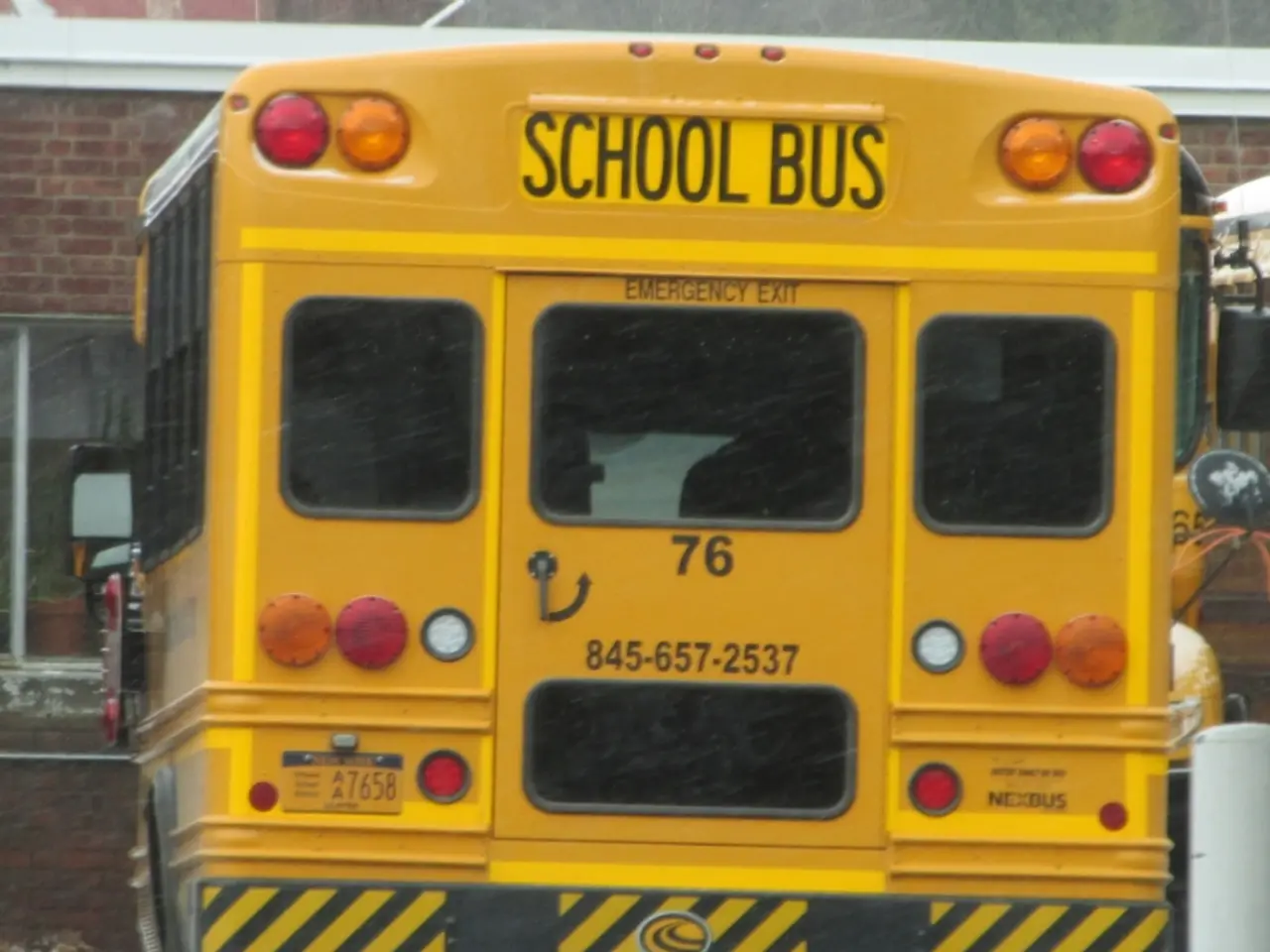Examining the Significant Consequences of Long-Term School Absence
In recent times, chronic absenteeism in U.S schools has seen a significant increase, with current rates standing at 30%. This concerning trend has been a topic of discussion for educators, and one voice that stands out is Michael Hale, Director of College, Career & Citizenship + Innovation Educator at Casco Bay High School in Portland, Maine.
Before the pandemic, chronic absenteeism was around 15-16%. Hale, expressing his concern, emphasizes the importance of understanding the root causes and implementing effective strategies to combat this issue.
The causes of chronic absenteeism are multifaceted, encompassing student health issues (physical or mental), family challenges or instability, lack of engagement or connection to school, transportation difficulties, bullying or unsafe school environments, and socioeconomic barriers.
To address these issues, Hale underscores the importance of fostering strong relationships between students, families, and the community. He believes that creating a culture and community within schools invites attendance and makes students feel like they want to go.
Effective strategies to reduce chronic absenteeism typically involve building strong relationships between students and staff to foster engagement, implementing early warning systems to identify at-risk students, providing supports like counseling, health services, or mentoring, engaging families and communities in attendance efforts, creating positive and inclusive school climates, and offering flexible attendance policies and make-up opportunities.
In addition, Tier 1 interventions include providing free lunches, laundry facilities, increased engagement, school-based health services, and restorative discipline practices. Tier 2 interventions involve targeted home visits, mentors and tutors, mental health supports, and targeted youth engagement. Tier 3 interventions address interagency case management, housing insecurity, and truancy.
FutureEd's attendance playbook provides ideas and practical solutions for addressing chronic absenteeism. By working together, schools, families, and communities can help remedy some absences and support students in overcoming the challenges that lead to chronic absenteeism.
In conclusion, the rise in chronic absenteeism is a complex issue that requires a multi-faceted approach. By understanding the causes and implementing effective strategies, we can help ensure that all students have the opportunity to succeed academically and personally.
Read also:
- Inherent Skills Know No Bounds, Yet Access to Employment Remains Unequal: Suggestions for a More Equitable Job Market of the Future
- Revealed: Top and Bottom UK Banks for Digital Banking Services
- Affordable supermarket purchases from dollar stores are not sabotaging typical American nutritional habits, according to research findings
- Impact of Chronic Stress on Cognitive Function and Brain Integrity Over Time




